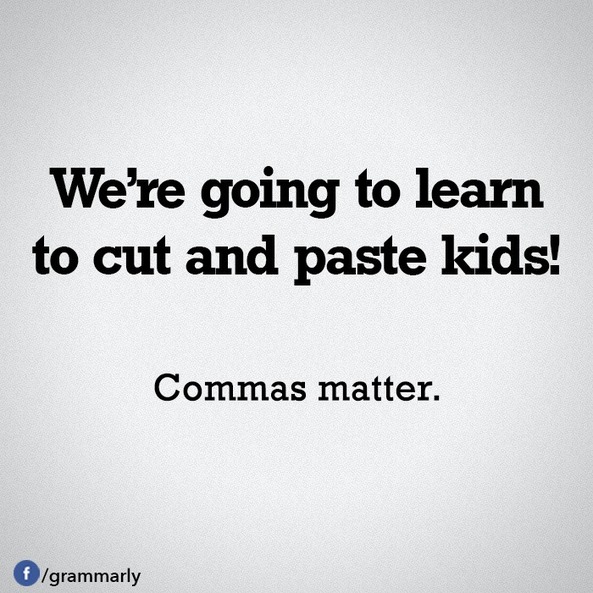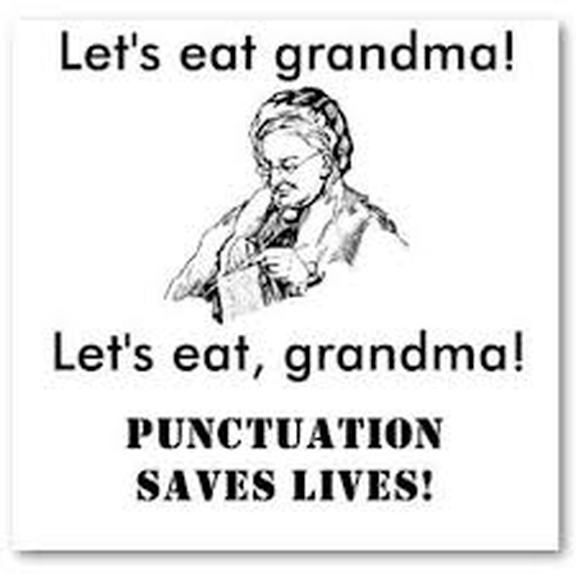I have written lessons to accompany Woe Is I, Jr., a grammar handbook for kids. You can read my introductory comments here.
Chapter 1
Chapter 2
Chapter 3
Chapter 4
Chapter 5
Chapter 6
Chapter 7
Chapter 8
Chapter 9
1. Read chapter 10.
2. Write a news story about a current, historical, or imaginary event. Incorporate the punctuation marks highlighted by you and your teacher on the Punctuation Checklist.
3. If you need to be convinced of the importance of punctuation marks, read Lynn Truss’s picture books Eats, Shoots and Leaves, Twenty-Odd Ducks, and The Girl’s Like Spaghetti.
4. Watch this video for fun.
5. Practice punctuating with commas by completing the interactive exercises or handouts for Commas at www.chompchomp.com.
Chapter 1
Chapter 2
Chapter 3
Chapter 4
Chapter 5
Chapter 6
Chapter 7
Chapter 8
Chapter 9
1. Read chapter 10.
2. Write a news story about a current, historical, or imaginary event. Incorporate the punctuation marks highlighted by you and your teacher on the Punctuation Checklist.
3. If you need to be convinced of the importance of punctuation marks, read Lynn Truss’s picture books Eats, Shoots and Leaves, Twenty-Odd Ducks, and The Girl’s Like Spaghetti.
4. Watch this video for fun.
5. Practice punctuating with commas by completing the interactive exercises or handouts for Commas at www.chompchomp.com.







 RSS Feed
RSS Feed